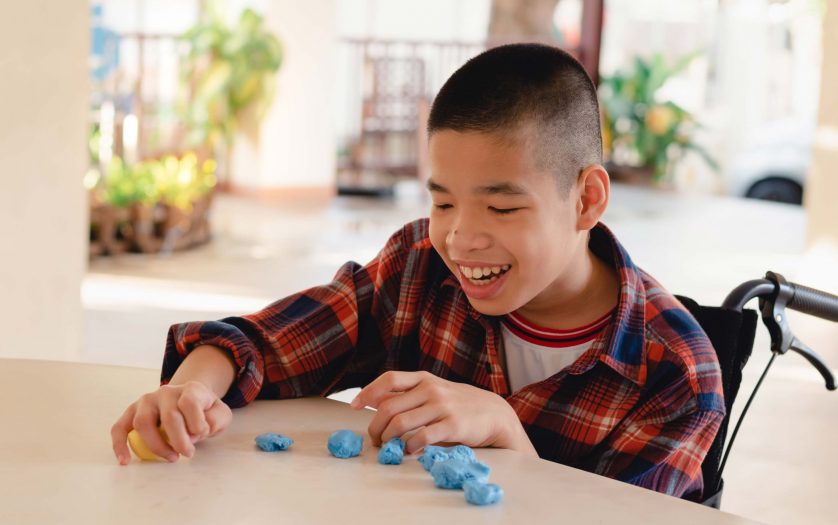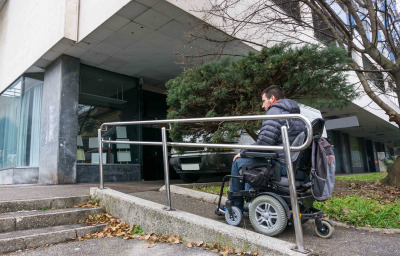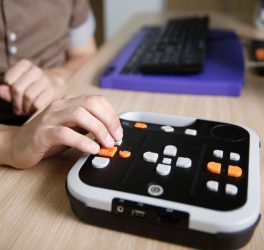
Paediatric neurologists and allied health clinicians have developed world-first clinical practice guidelines for children with Charcot-Marie-Tooth disease (CMT), the most common childhood inherited nerve disorder.
Murdoch Children’s Research Institute (MCRI) research associate Dr Eppie Yiu and University of Sydney Professor Joshua Burns led an international effort to produce the guidelines, which address the management of clinical problems experienced by children with CMT and related neuropathies (weakness, numbness and pain from nerve damage), and advocates for improved access to multidisciplinary care.
CMT is a lifelong degenerative condition that causes damage to the nerves, muscle weakness, sensory problems, difficulty walking, foot deformity and associated pain, which usually start during childhood and progress over time. Although there is currently no cure, people with CMT can use a variety of therapies and strategies to help manage their symptoms.
The disease is the most common inherited nerve disorder. Yet until now, there were no guidelines to help patients manage their condition. To address this need, Dr Yiu, Professor Burns and their team formed the Paediatric CMT Best Practice Guidelines Consortium, involving clinicians from Australia, Belgium, Canada, Croatia, the US, the Czech Republic, Italy and the UK.
“The aim was to develop evidence and consensus-based recommendations for the clinical management of children and adolescents with CMT,” Dr Yiu said.
Dr Yiu said the guidelines would promote optimal, standardised care for children with CMT globally, improve access to multidisciplinary care, such as via the National Disability Insurance Scheme (NDIS), and were critical for clinical trial readiness.
To develop the guidelines, the international panel of clinicians conducted a series of systematic reviews covering 10 clinical questions and evaluated the body of literature on CMT disease management. The panel then formulated recommendations based on these reviews.
The guidelines, published in the Journal of Neurology, Neurosurgery and Psychiatry,include evidence and consensus-based recommendations for the management of muscle weakness, balance and mobility impairment, sensory symptoms, muscle cramps, impaired upper limb function, respiratory impairment, joint movement and non-surgical management of joint deformity.
Dr Yiu said she hoped the recommendations would be disseminated and implemented across multiple healthcare settings around the world to benefit children and young people with CMT.
“The guidelines are important for a range of medical and allied health clinicians who provide care to children with CMT, including neurologists, rehabilitation specialists, physiotherapists, occupational therapists, clinical nurse specialists and genetic counsellors,” she said.
Clinicians from The Royal Children’s Hospital, University of Melbourne, The Children’s Hospital at Westmead, Sydney Children’s Hospital, Randwick, UNSW Sydney, Macquarie University and Concord Hospital, The Children’s Hospital of Philadelphia, University of Antwerp, Stanford and the University of Pennsylvania also took part in the review.








